 Did you know that children who do not master the 100 most common high frequency words until 3rd grade usually continue to struggle as readers throughout their lives? (Center for the Improvement of Early Reading Achievement). While saying words from a list does not encompass all the skills needed to be a proficient reader, the mastery of high frequency words is a crucial foundation for more complex texts.
Did you know that children who do not master the 100 most common high frequency words until 3rd grade usually continue to struggle as readers throughout their lives? (Center for the Improvement of Early Reading Achievement). While saying words from a list does not encompass all the skills needed to be a proficient reader, the mastery of high frequency words is a crucial foundation for more complex texts.
When a reader is spending most of their energy trying to figure out the words, they cannot fully attend to comprehending what the passage is about. There are about 300 words that comprise 65% of the words found in texts. Once a child is able to read these frequently occurring words automatically, they are able to focus their energy on higher order thinking skills and constructing meaning about the text.
DOLCH vs FRY?
The Dolch list was written in the early 1900’s. It is comprised of 220 sight words commonly found in children’s books, newspapers, and magazines. The Fry list is more recent. It was updated in 1980 and contains 1,000 of the most commonly used words in the English language. The Fry list includes all of the Dolch words. About 90% of all written language is found on the Fry list.
SIGHT WORDS
There are two categories of sight words:
Frequently Used Words – Memorizing these words makes reading easy and smoother. Words such as it, can, and like.
Non-Phonetic Words – These are words that cannot be “sounded out”. They do not follow normal letter – sound relationships. Non-phonetic words must be memorized. Some teachers call them trick words or popcorn words. Words such as said, the, and come fall in this category.
As a blog reader, you can download a copy of Fry’s First 100 Words HERE.
If you would like a flash card version of these words, CLICK HERE.
Which sight word list do you use and why? Please let me know in the comment section below.
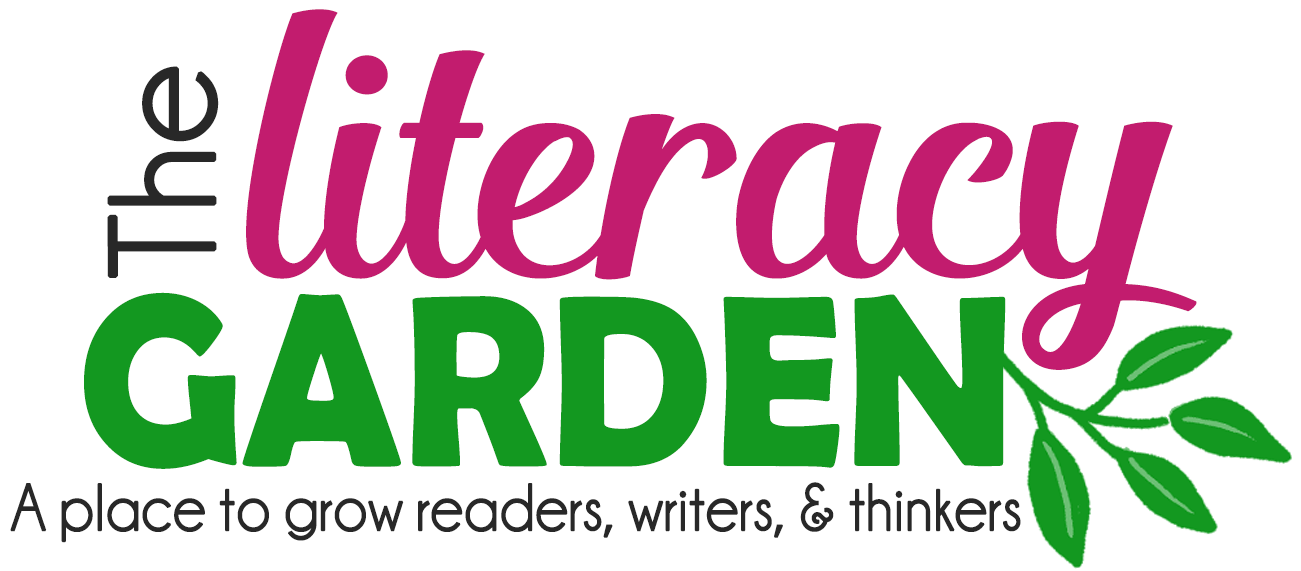
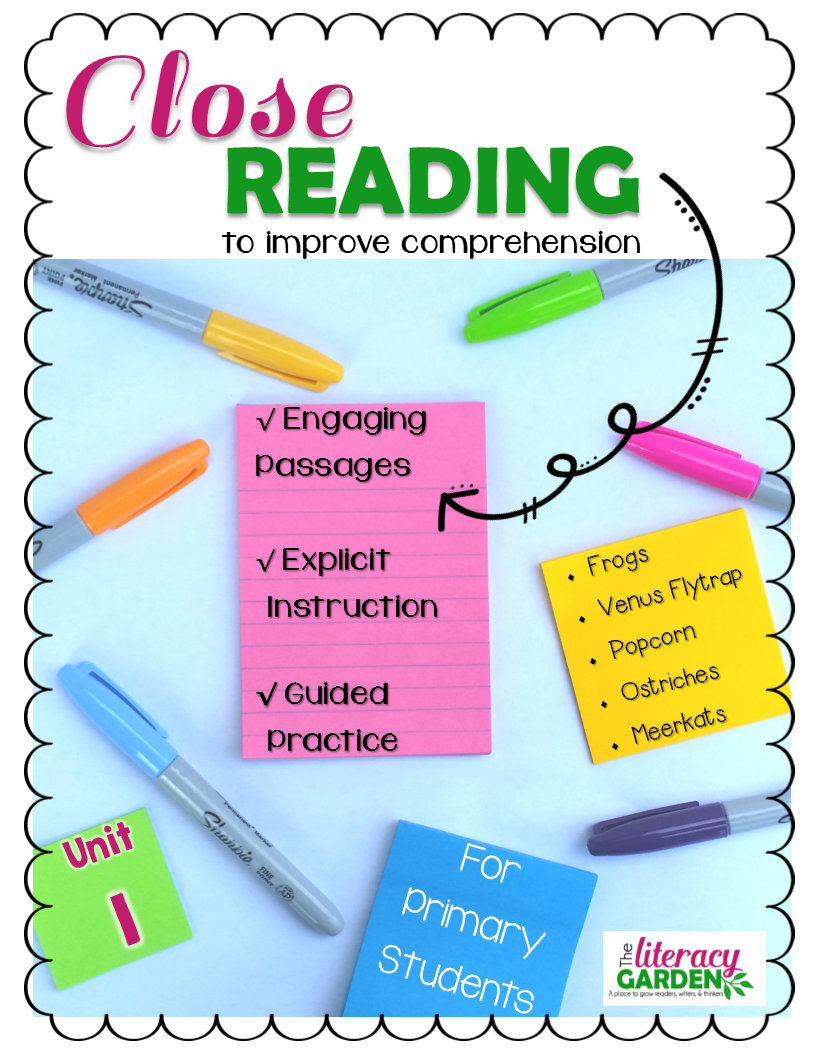
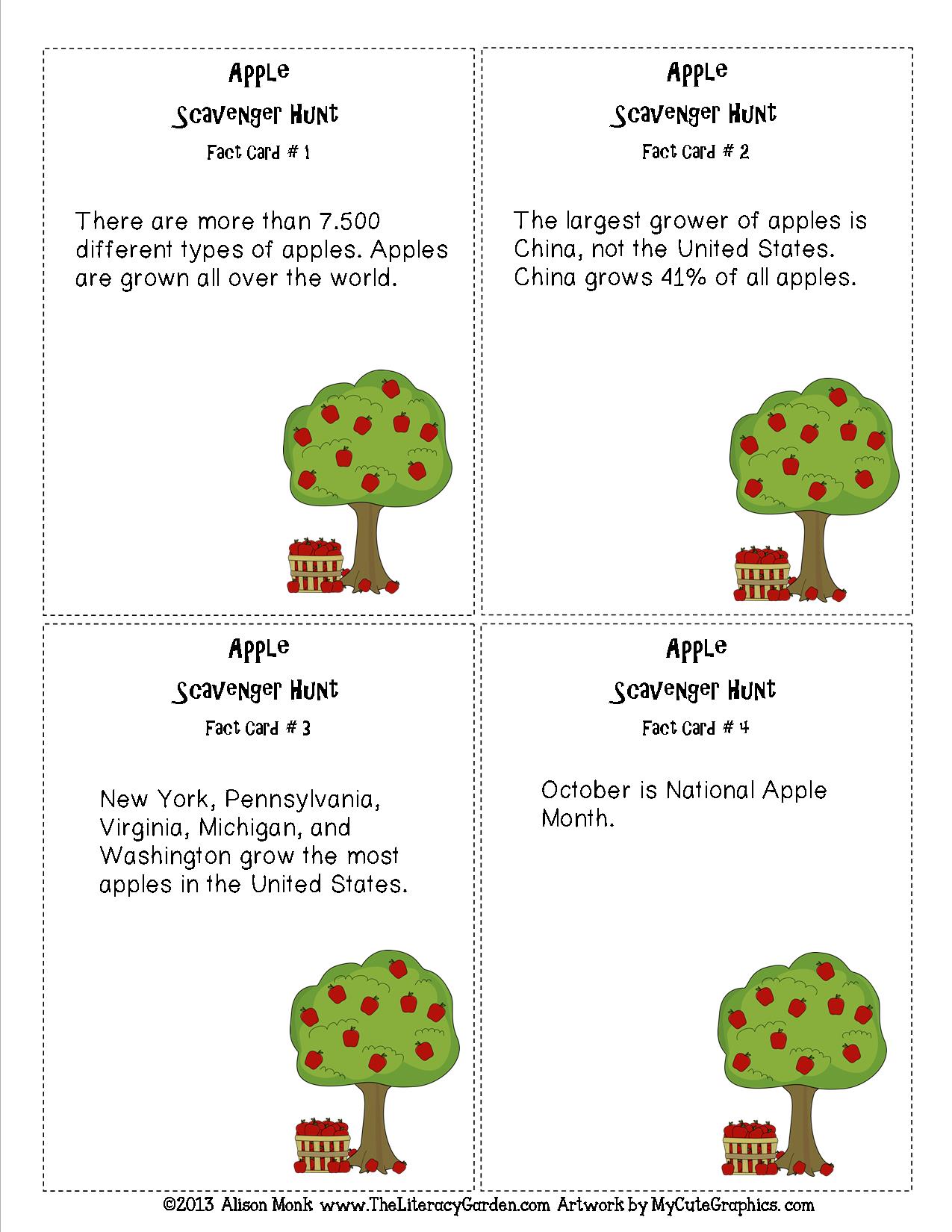



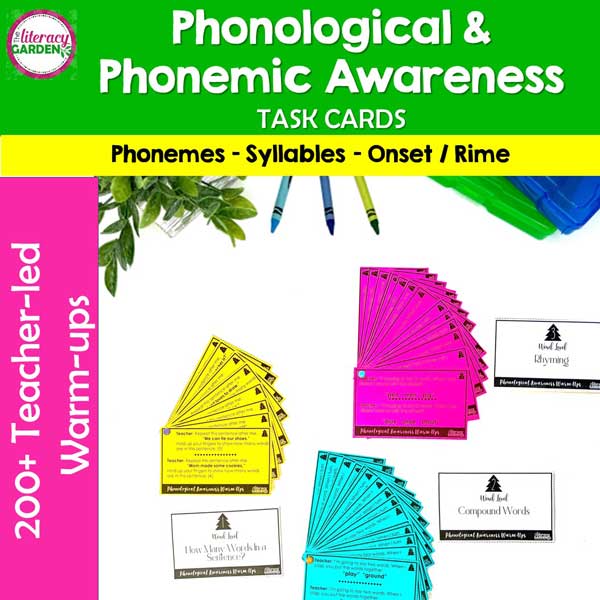
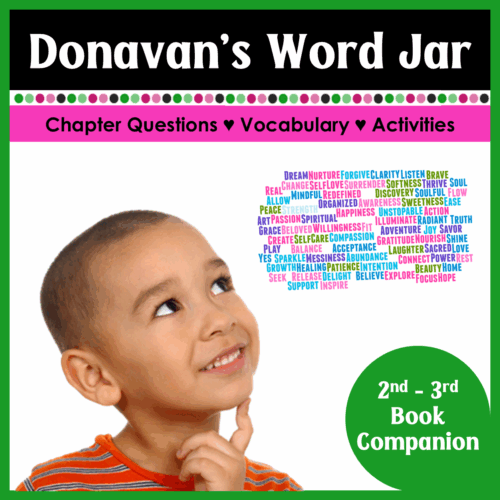

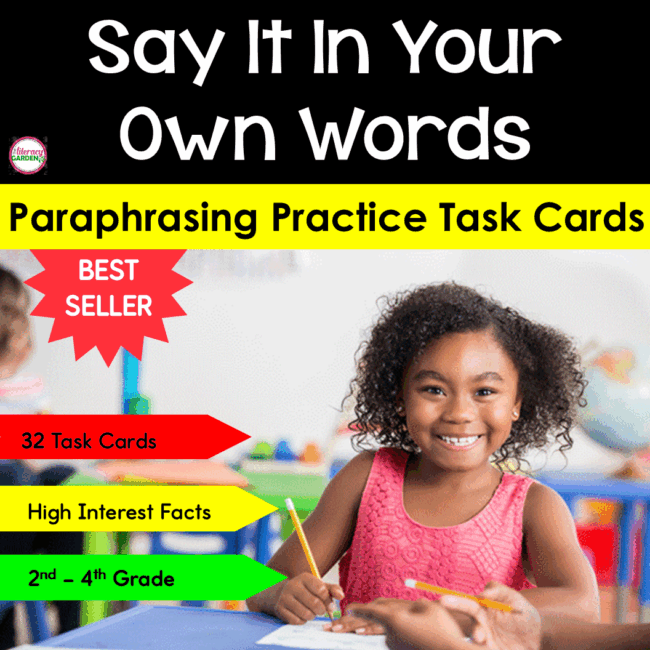
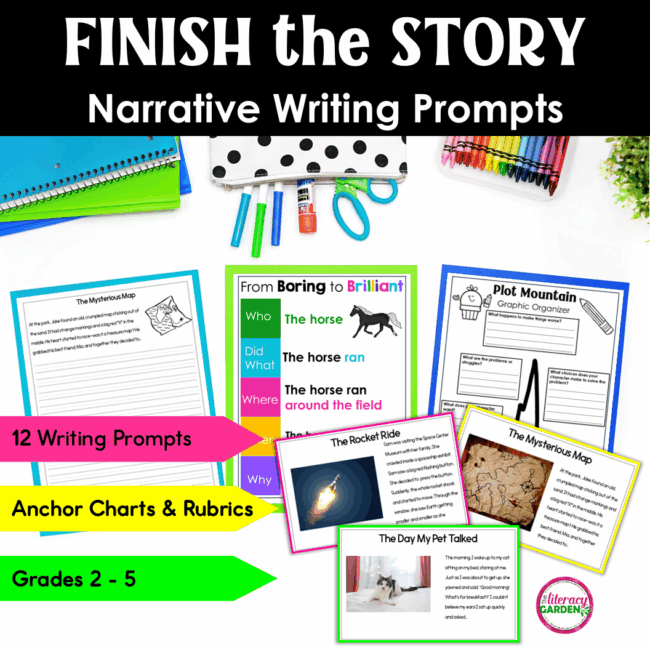
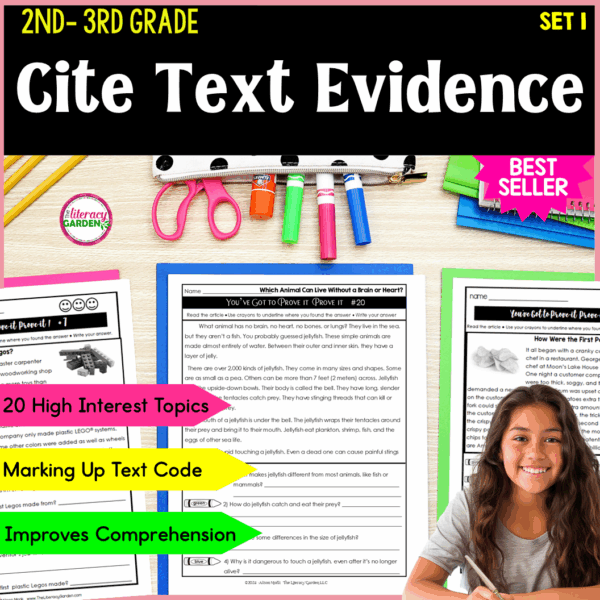
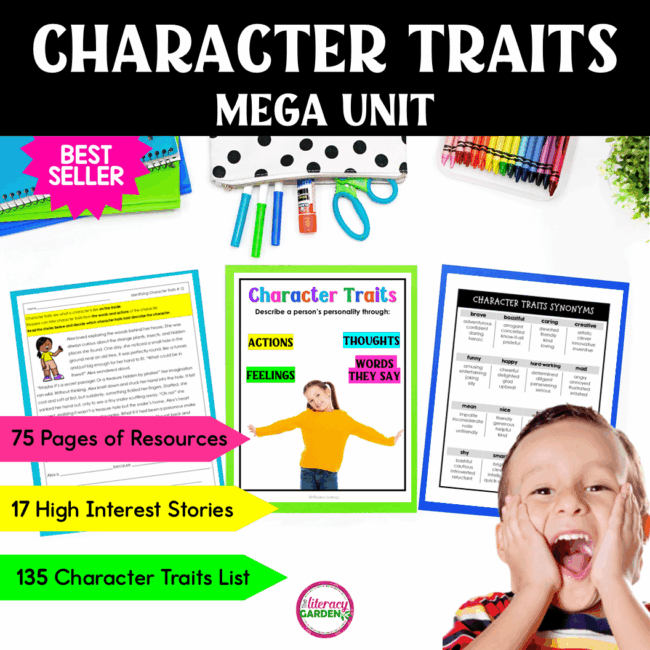

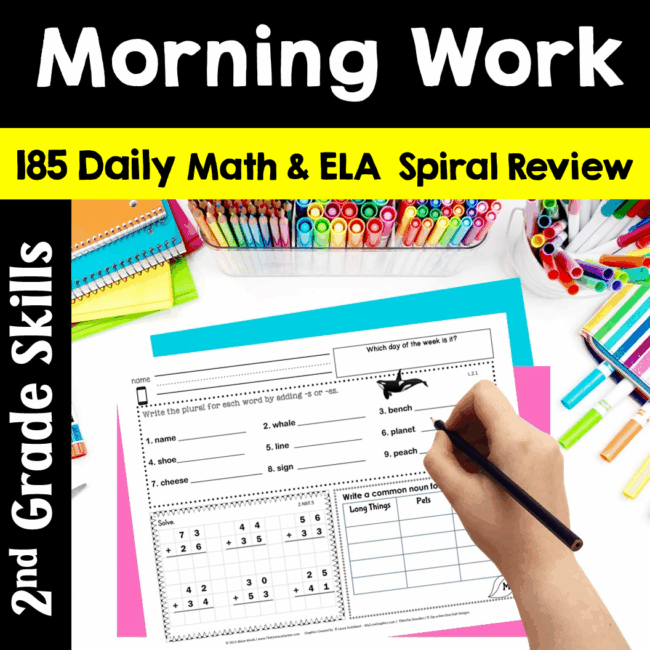


1 Comment
[…] How Important Are High Frequency Words? share pin it email […]